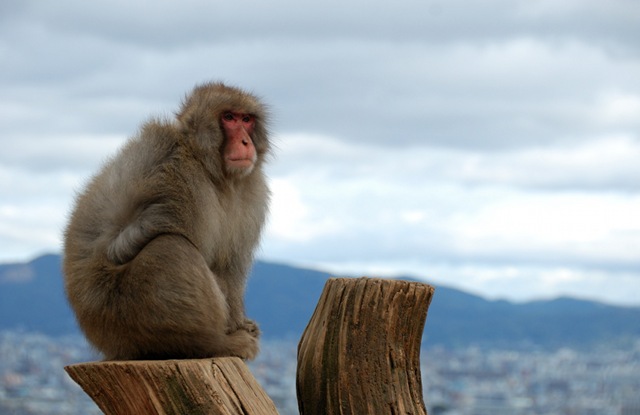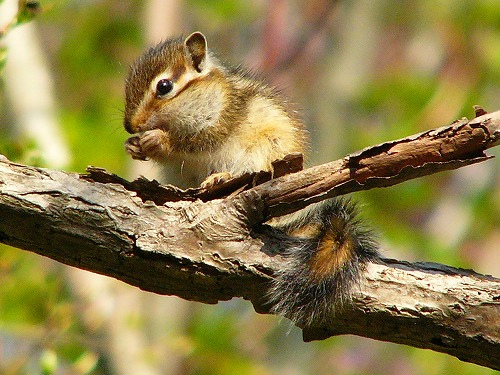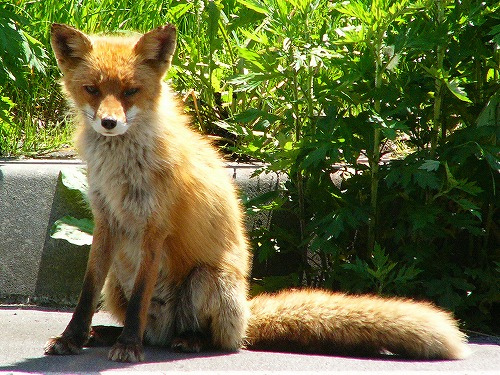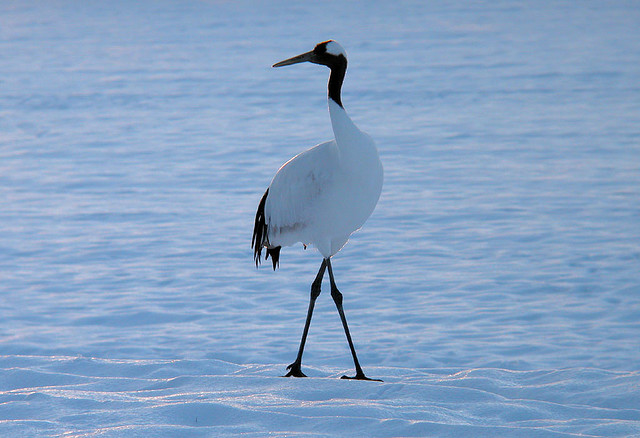Japanese Wildlife
When you think of Japan, the images that come to mind are probably of big crowded cities full of people, but there’s a lot of nature too. Most of Japan consists of steep mountains, thickly covered in dense forest. As this doesn’t make for a very hospitable environment, most Japanese live on the coastal plains, leaving large expanses of pristine natural environment largely untouched by humanity. Add to this Japan’s impressive geographical scope: its northern shores are just south of Russia’s icy east, while the southernmost islands reach almost to the tropics, and it’s perhaps not so surprising that Japan is host to a great diversity of wildlife. There are around 130 kinds of land mammal and over 600 bird species. Here are some of the most interesting and unique species.
Tanuki
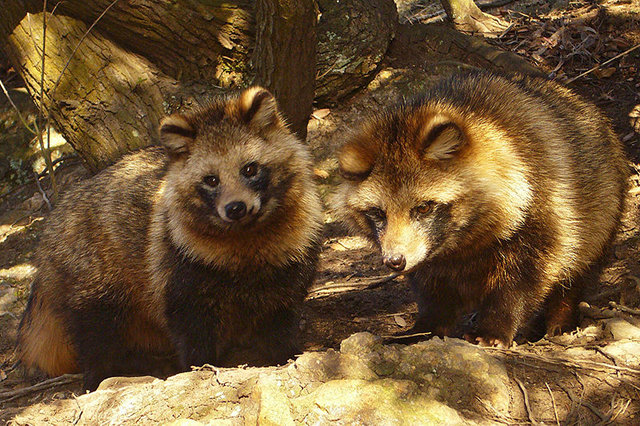
Wild Tanuki on Sensuijima Island in Hiroshima Prefecture. Tanuki are a kind of raccoon dog that can be found throughout most of Japan. Folklore has it that they can shape-change to take on human form, or to disguise themselves as everyday objects. They’re reputed to be mischievous and jolly, though also a bit forgetful, and not very trustworthy. Despite this, most Japanese regard them fondly, and their statues are often placed by the entrances to temples to bring good luck.
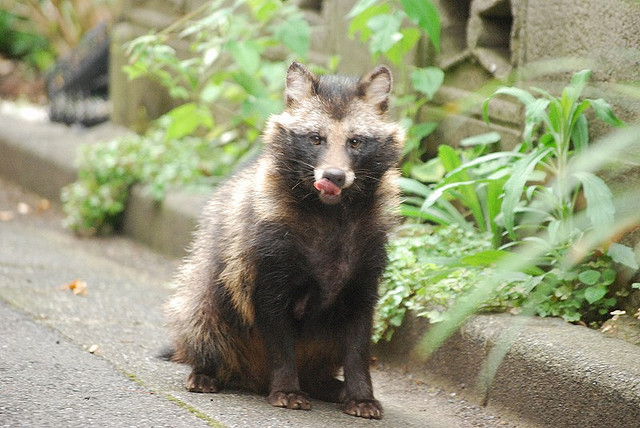
This tanuki is living wild in Tokyo’s densely populated Koenji district, so you have a chance of seeing one even if you don’t venture out of the major cities.
Wild Boar
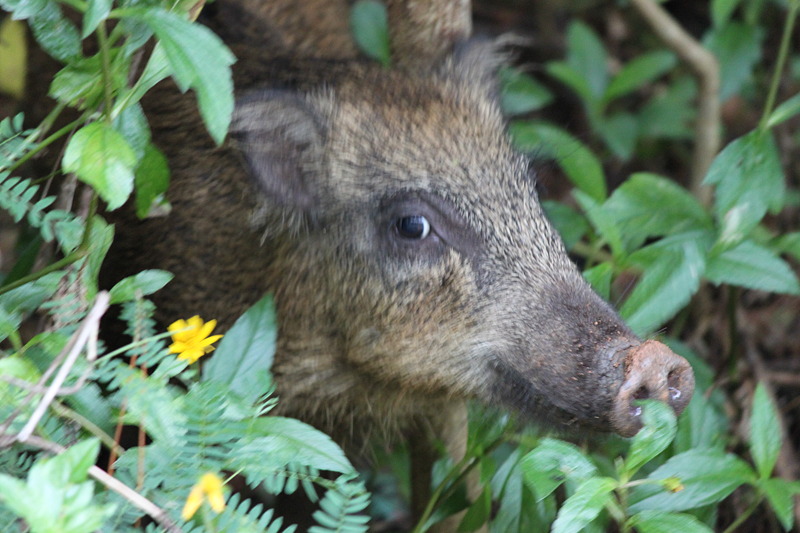
Wild boar occur throughout all of Japan, except for the northern island of Hokkaido. This one is a small subspecies from the Okinawa Islands in Japan’s far south west.
Squirrels
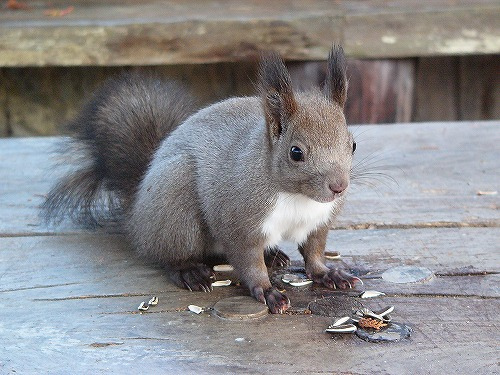
A red squirrel on Japan’s northern island of Hokkaido. This is the same species of red squirrel found in Europe – it’s range stretches all the way across Asia, but as you can see from the photo, Japan’s ‘red’ squirrels are more grey than red.
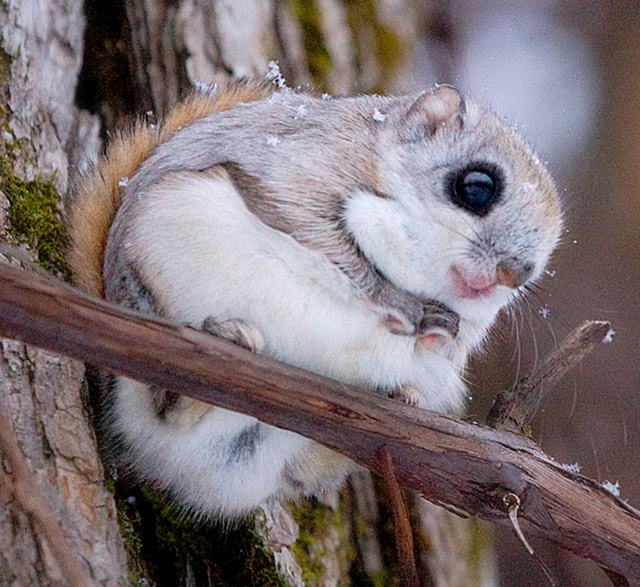
This Siberian flying squirrel was photographed in Higashikawa in Hokkaido. Other species of flying squirrel occur on the Japanese mainland, including the Japanese giant flying squirrel which can glide more than 160 metres between trees. Although they’re quite common, you’ll be lucky to see one as they only come out at night. They spend the day hiding in trees in order to avoid predators.
Bears
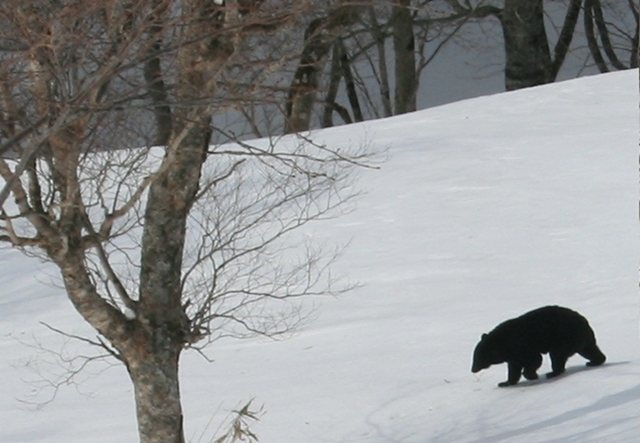
Japan’s largest wild animals are bears. This Asian black bear is on Mount Kurai in Gifu Prefecture, but black bears can be found in mountainous areas throughout most of Japan, even around the fringes of Tokyo.
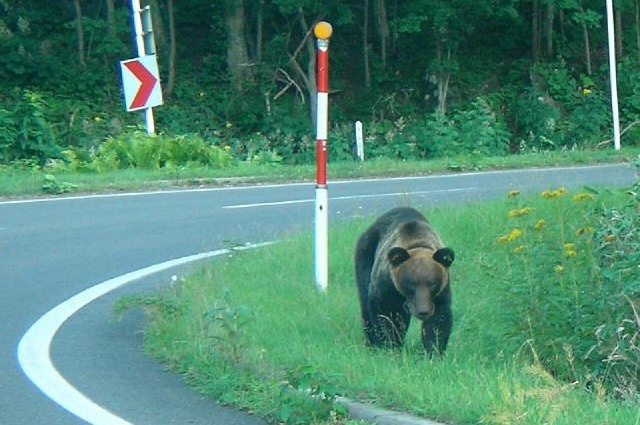
Japan’s other species of bear is the brown bear, found only on the northern island of Hokkaido. This bear was seen crossing the road in Shiretoko, a World Heritage Area in Japan’s far north east.
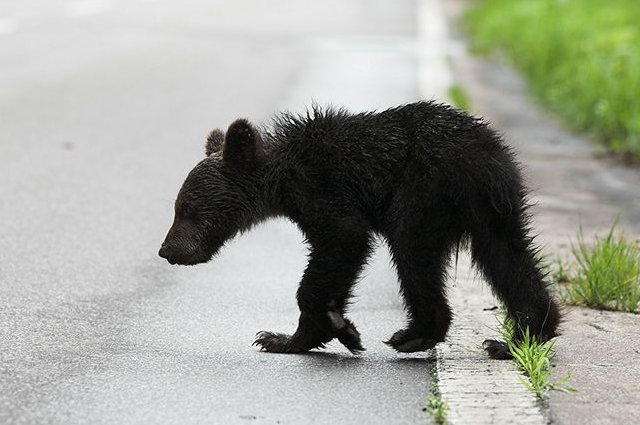
It may not look it, but this is a baby brown (not black) bear, seen crossing an ordinary road in Hokkaido. Its mother was nowhere to be seen.
Wild Cats
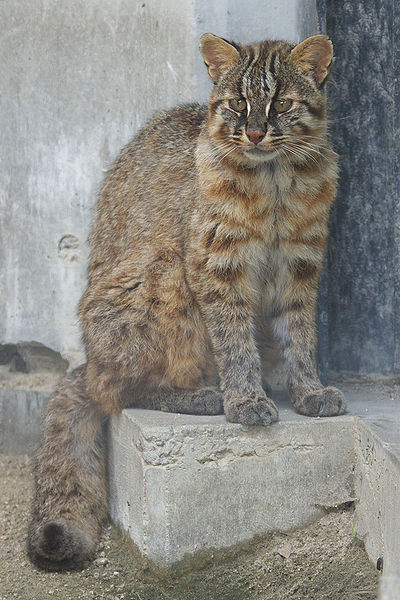
The Tsushima leopard cat is found only on Tsushima Island in western Japan. It’s critically endangered, so you’ll be very lucky to spot one in the wild. This is a captive-bred Tsushima cat at Fukuoka Zoo.
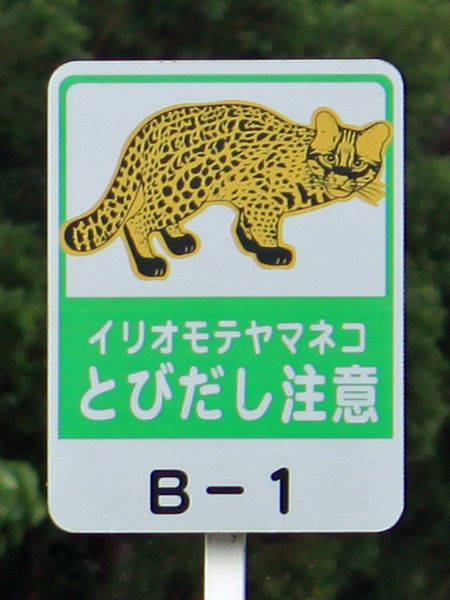
The Iriomote cat is another species of wildcat, this time found only on the very remote island of Iriomote, south west of Okinawa. It’s also critically endangered with, less than 250 remaining in the wild. This road sign, warns drivers of the presence of Iriomote cats, but they are nocturnal and rarely seen.
Sable
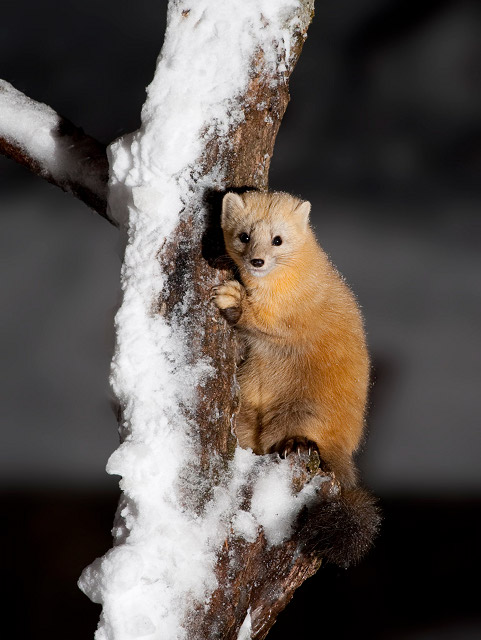
A Japanese sable in Shintoku, Hokkaido. Sables were once found throughout Hokkaido, but now live only in forested areas in the north and east of the island.
Red Fox
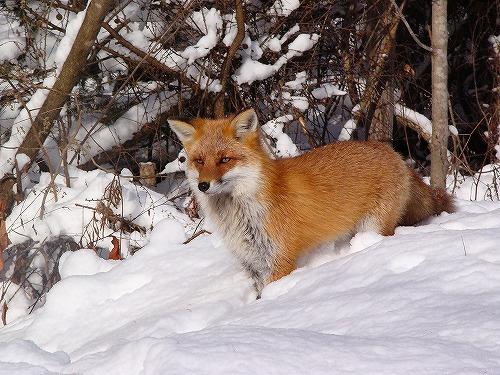
A red fox in Hokkaido in winter. Japanese folklore ascribes great wisdom and powerful magic to foxes, in particular the ability to take on human form. Sometimes they are devious, but more often they are faithful friends, or even lovers. If you think someone you meet might be a fox in disguise, you might be able to see their true form by looking either at their reflection in a mirror, or at their shadow. They also often don’t always manage to transform their tails, so keep your eyes out for people sporting big bushy tails.
Serow
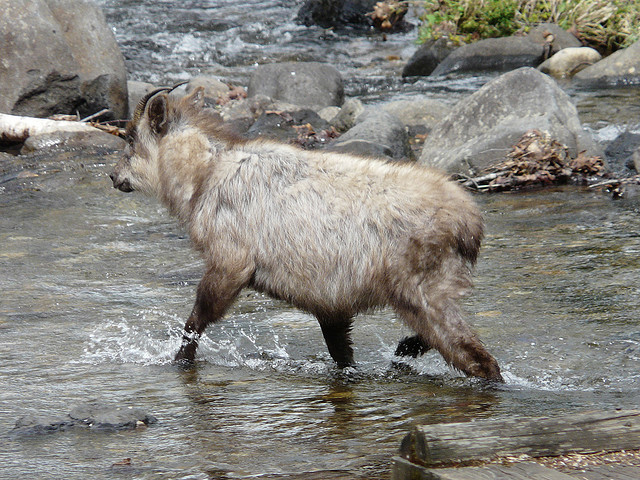
The Japanese serow is found in dense forest throughout most of Japan. It usually lives alone in or in pairs, and is distantly related to domestic sheep and goats. This serow is crossing a river in Norikura, a mountain plateau in Nagano Prefecture.
Marten
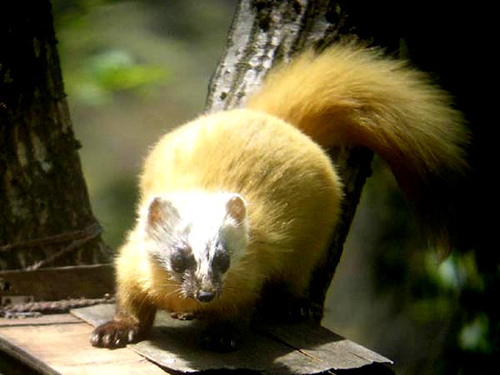
Japanese Marten are relatives of the sable, and are found all over Japan, except for the north of Hokkaido and on some of the smaller islands. This one was spotted on Mount Tanzawa, just west of Yokohama.
Deer
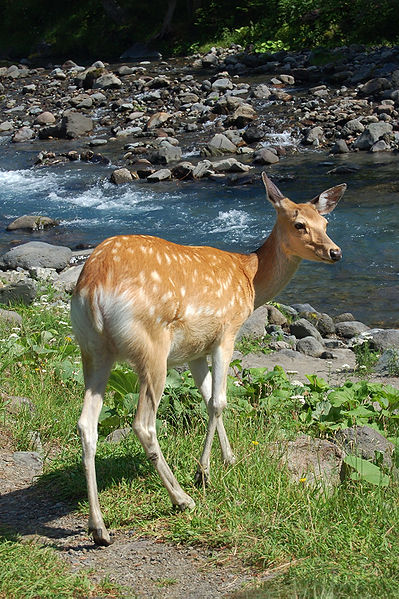
The sika deer is native to Japan other parts of east Asia, but it will be familiar to many visitors as it’s been introduced to many other parts of the world, including Europe, the USA and Australia. Since the extinction of its main predator, the wolf, more than a hundred years ago, its numbers have risen sharply, and there are now around a hundred thousand living in the wild. This deer is seen by a river in Hokkaido’s Shiretoko Peninsula world heritage area.
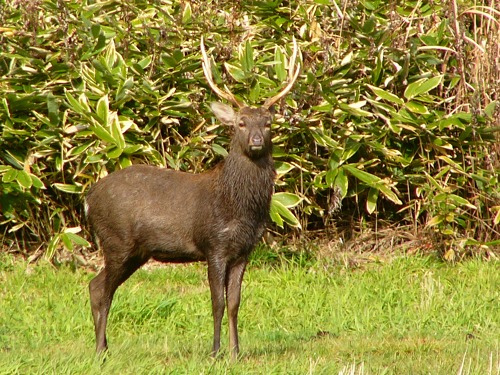
While it might not look much like the one in the photo above, this is also a sika deer, but it’s grown a longer and darker coat in preparation for the winter. It was photographed in Hokkaido in the autumn.
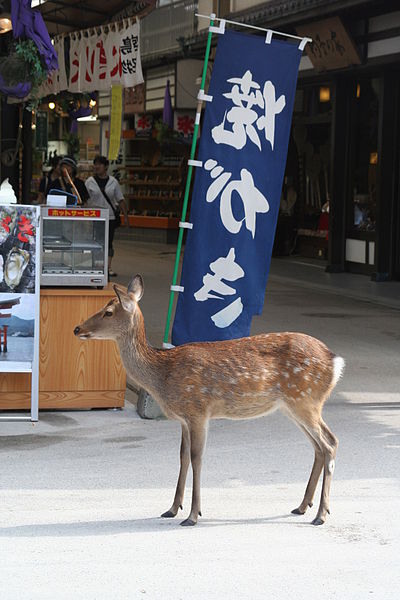
In several places in Japan, tame deer wander into urban areas, so they’re one of the easiest of Japan’s native animals to see in the wild. This deer is roaming the streets of Miyajima, a popular tourist destination in Hiroshima Prefecture.
Snow Monkeys
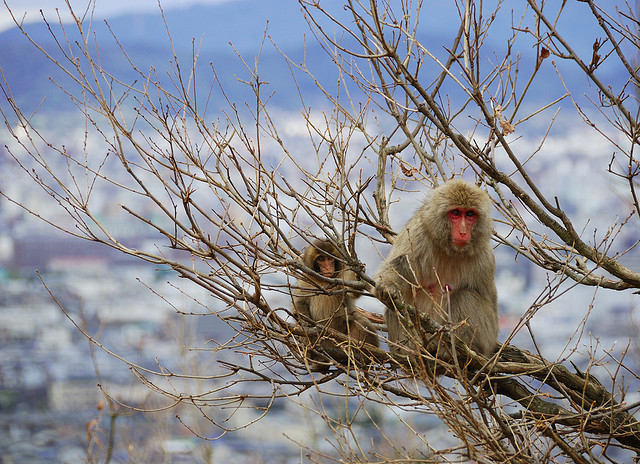
The Japanese Macaque, or Snow Monkey, is native to Japan, and lives further north and in a colder climate than any other primate except for us humans. Here we see a mother and her baby on Mount Arashiyama, with the city of Kyoto in the background.
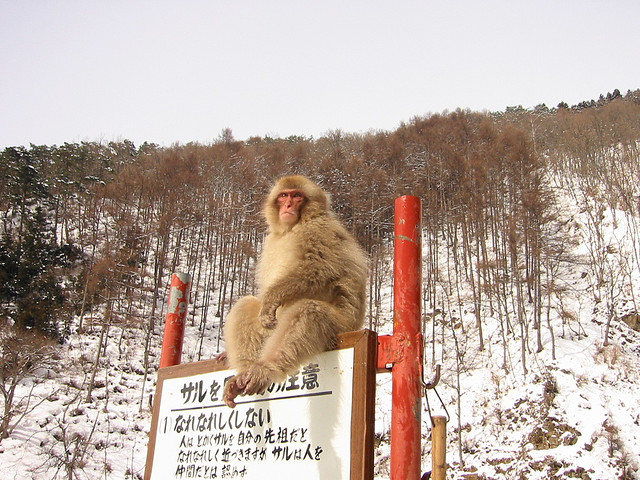
This monkey is sitting on an information board that explains how to approach wild monkeys. It’s in Jigokudani Yaenkoen, an area of the Joshin-Etsu Kogen National Park that is frequented by wild monkeys. The national park encompasses parts of three prefectures: Gunma, Niigata and Nagano, but Jigokudani Yaenkoen is in Nagano Prefecture.
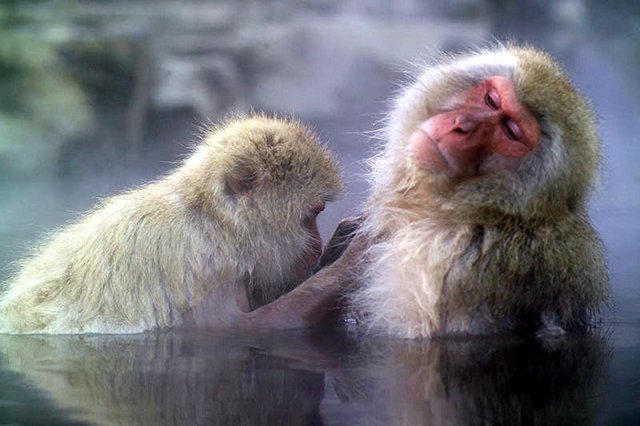
These monkeys are bathing in an onsen (a natural hot spring) within Jigokudani Yaenkoen. If you can’t make it there in person, you just might be able to see some monkeys bathing using this live webcam.
Weasel
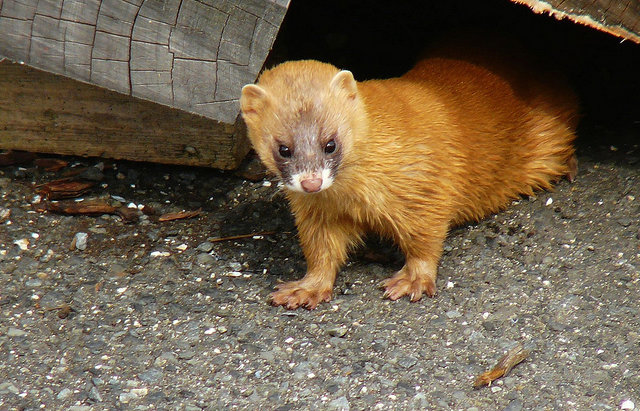
Two kinds of weasel inhabit Japan. The native Japanese weasel is found nationwide, while the closely related Siberian weasel has been introduced, and is now found throughout western Japan. This photo shows a Siberian weasel at a house in Nara Prefecture.
Birds
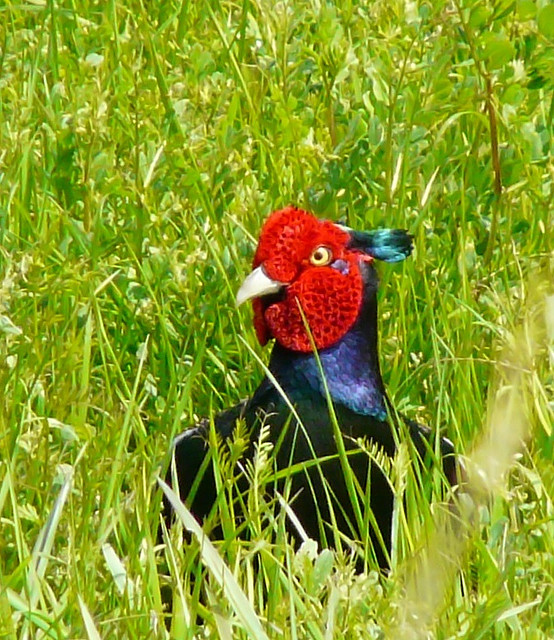
This is a green pheasant, a bird found only in Japan. In 1947 the Ornithological Society of Japan declared it to be Japan’s national bird, but this designation has never been officially recognised.
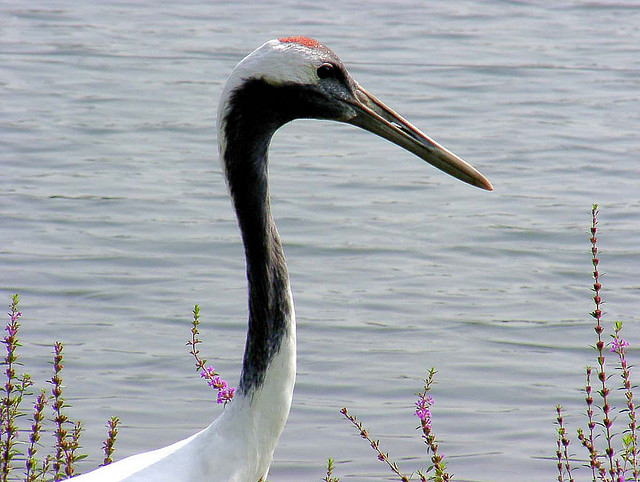
Another bird often regarded as Japan’s national bird is the red crowned crane, seen here in Tokyo’s Ueno Zoo. It’s an endangered species, with only about one thousand birds remaining in the wild in Japan, and another two thousand or so in China and Korea.
Giant Salamander
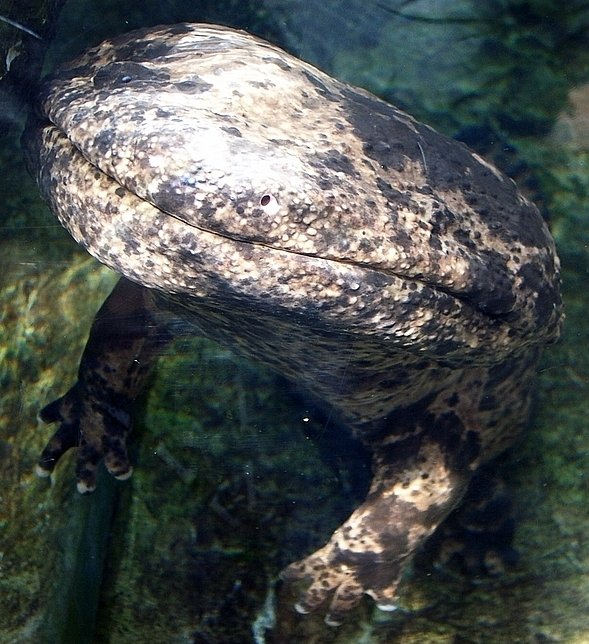
This fellow is a Japanese giant salamander in Tokyo’s Ueno Zoo. Giant salamanders live in streams throughout most of Japan where they feed mainly on frogs and fish. They can live for nearly eighty years and grow up to 1.5 metres long, but they’re now endangered due to over-hunting and loss of habitat.
Fireflies
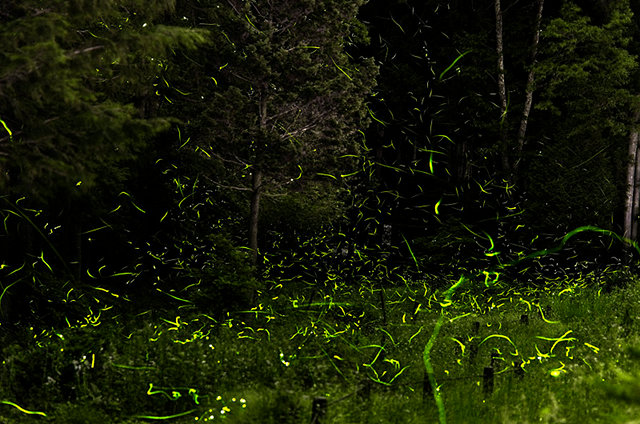
One of the most spectacular sights in Japan is fireflies in flight. These ones are at Minami Minowa Village in Nagano Prefecture. Fireflies spend the most of the year as larvae, before transforming into chrysalises, and finally emerging as flies for a short two-weeks of adult life. This means that they’re only around during the breeding season in early summer, when they can be seen blinking their lights as they fly around trying to find a mate. They’re at their most numerous in mid June, and can be found near clean running water and rice paddies, as that is where they live during their larval stage. If you can’t make it out to the countryside, an alternative is the annual Firefly Festival in Fussa, western Tokyo. On a Saturday in mid-June, hundreds of captively-bred fireflies are released as the centrepiece of a local festival.
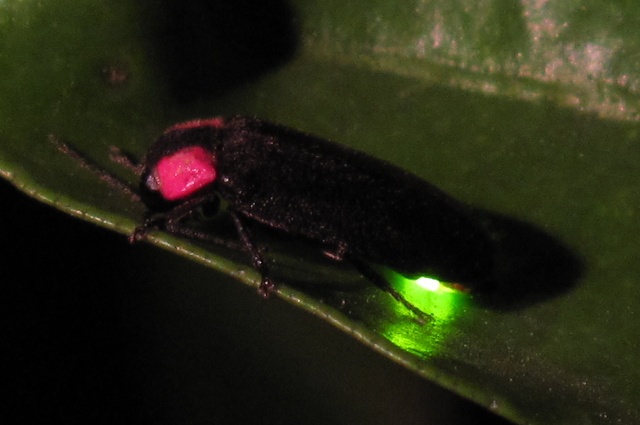
A firefly on a leaf near the base of Mount Tsukuba, Ibaraki Prefecture, with its bioluminescent lower abdomen clearly visible.
Giant Hornets
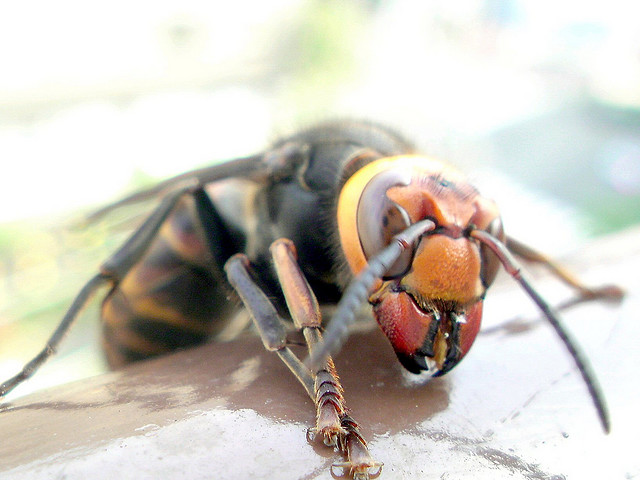
This Japanese Giant Hornet was photographed on a balcony in Tokyo. They are the world’s largest hornets, and can be more than four centimetres long, with a wingspan of over six centimetres. Statistically it’s Japan’s most dangerous wild animal, as around forty people each year die of anaphylactic shock after being stung. But please don’t let this put you off visiting Japan – you’re very unlikely to come across one, and even if you do, they rarely sting unless you do something to annoy them.
Snakes
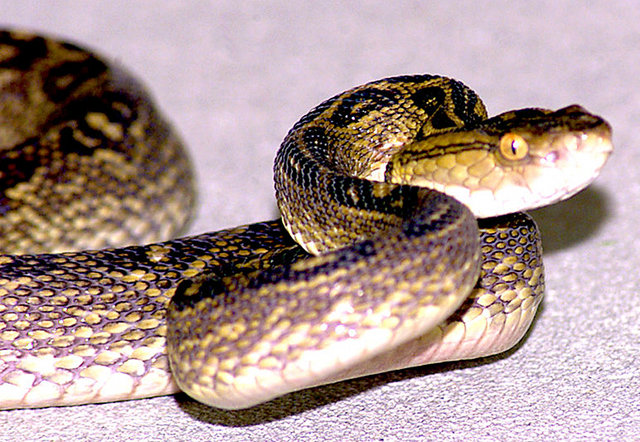
The most common snake in Japan is the venomous mamushi, whose bite is occasionally fatal. The yamakagashi is also venomous, but it’s more likely to run away or hide when confronted by humans, so it’s not much of a danger. The really dangerous snakes are the highly venomous habu, but thankfully they live only in Japan’s south west islands. The snake seen here is an Okinawa habu. It likes to hide in caves and old tombs, but also enters houses in search of mice and rats. Unlike the yamakagashi, it’s not scared of humans, and may attack with lightning speed if disturbed. If medical treatment is received promptly, the bites aren’t usually life-threatening, but they can still cause permanent injury. Bizarrely, Okinawan habu are hunted for use in making a rice-based spirit called habushu, which is reputed to have medicinal properties. Some manufacturers sell this in bottles with whole intact habu inside!
Spider Crab
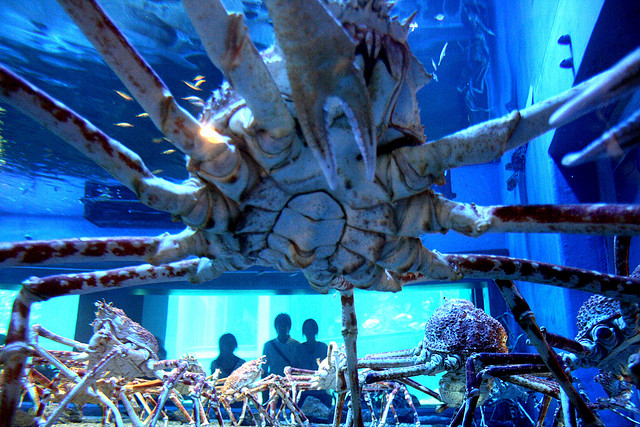
The spider crab is perhaps the scariest of all Japan’s animals. It’s the world’s largest arthropod, and when its legs are spread out they can span more than 3.5 metres. The good news is that it lives on the sea floor at depths between fifty and three hundred metres, so you’re not likely to encounter one on the beach or while swimming in the sea. This one lives in Osaka’s Kaiyukan Aquarium.
If the photo above didn’t give you the creeps, this video surely will – just be sure to watch right to the end. It’s from Enoshima Aquarium, and is a time-lapse taken over a six-hour period.
Hen na Nihongo Cycling in Japan


